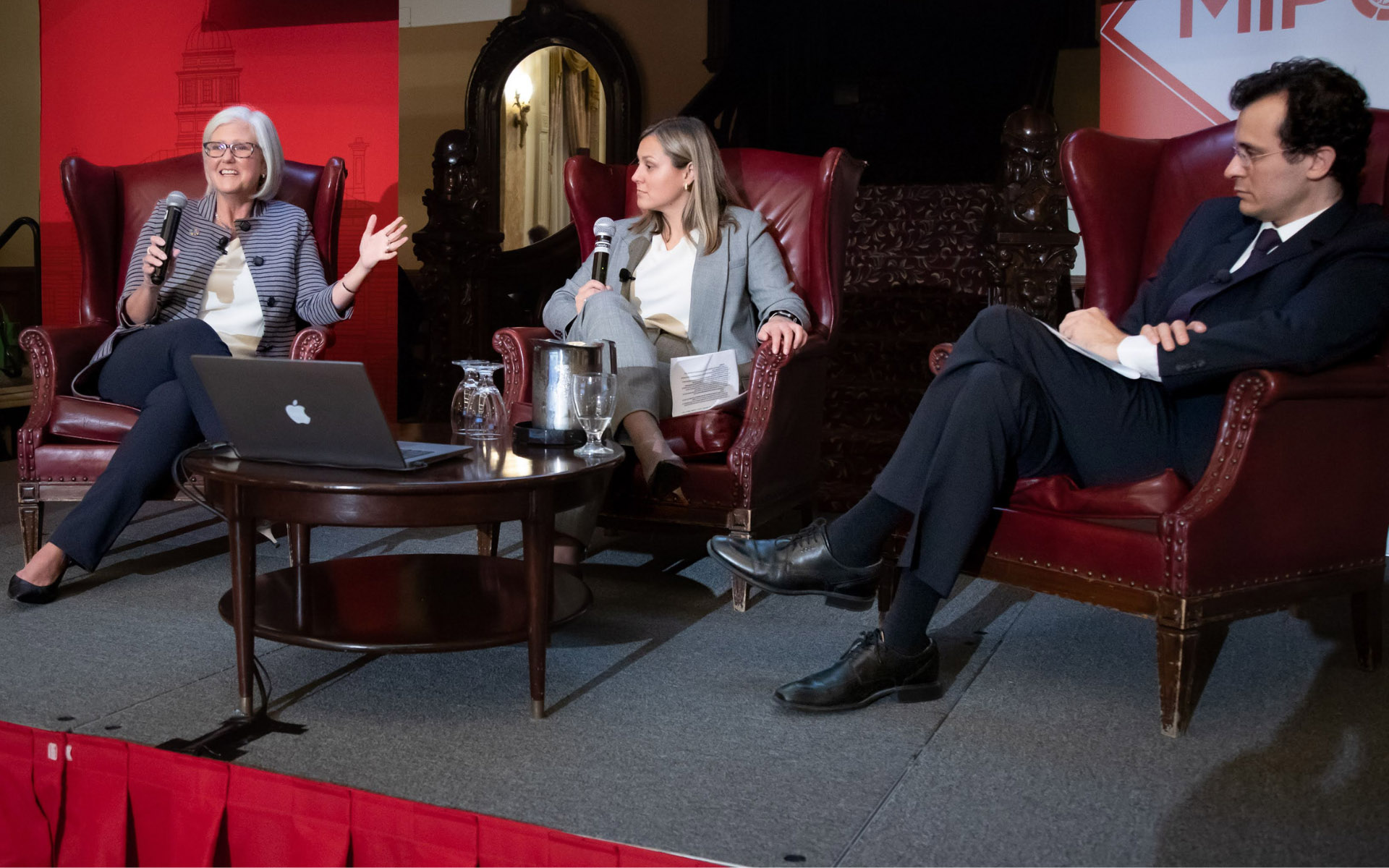Subscribe:
Bananas are a marvel of modern supply chains. They are harvested while they are still green, well before they have ripened enough to eat, and transported across the planet in refrigerated containers on large ships. By controlling the temperature in containers, shippers influence the speed at which the bananas ripen, ensuring they reach their destination in optimal condition and reducing the likelihood of waste.
And yet, for all of their efficiency and innovation, modern fruit and vegetable supply chains are responsible for around 42 per cent of food waste globally. And this is a problem. Global shipping is already a carbon-intensive activity, which is only compounded by the greenhouse gases generated by rotting produce.
Javad Nasiry is a professor of Operations Management at the Desautels Faculty of Management at McGill University. In a recent paper, he and Professor Rob Glew – also an expert in Operations Management at McGill University – explored blockchain technology as a potential solution to the food waste problem. However, while it showed promise, they discovered that conflicting interests between suppliers and retailers hamper blockchain’s effectiveness.
“I don’t believe we have sustainability problems,” said Nasiry. “We have people problems.”
Digital food ledgers
All fruits, vegetables, and other perishables have ideal conditions for storage and transport, said Nasiry. Suppliers must share critical information with retailers, such as harvest dates, processing methods, and storage temperatures, to ensure perishables don’t rot before they reach their destination.
This kind of information sharing requires work from suppliers, but technologies now exist that can make the whole process easier. Blockchain, for example, is a powerful tool for information transparency.
Blockchain is famous for being the technology underpinning cryptocurrencies such as Bitcoin and Ethereum. But it has many uses beyond the financial sector. Every time data is exchanged online, blockchain can automatically add information to a digital ledger. In cryptocurrencies, this ledger is usually used to track transactions. In food production, the ledger can include critical information about goods throughout the supply chain.
For food waste, this can be a godsend. The ledger can be programmed with information about a supplier’s product and its ideal storage conditions. More than that, it can track diseases in the produce, where they occurred, and offer instructions to prevent further contamination.
But conflicting interests interfere with this kind of information transparency, said Nasiry. Food supply chains involve multiple parties, such as farmers, retailers, food processors, wholesalers, and consumers. And every party will ask itself the same question: how will information transparency benefit me?
Suppliers believe that sharing information through blockchain or other means will disproportionally benefit retailers, said Nasiry. Your favourite grocer paid a lot of money for their bananas; they don’t want to lose half of it in transit. But the banana farmers would rather be paid for the whole shipment, rather than being on the hook for lost produce.
“There’s simply no incentive,” said Nasiry. “Reducing food waste is good. But if it’s not in my interest, why would I do it?”
Solving the ‘people’ problem
While blockchain is a promising solution, we remain stuck at a crossroads. How do we reduce food waste when one part of the supply chain benefits more from information transparency than others?
Regulators may be able to help by imposing penalties for food waste. But doing so would likely result in lower food production overall, since no one will risk incurring substantial fines on large shipments. This would have the unfortunate side effect of reducing global food supply, which could raise prices and leave everyday people hungry, said Nasiry.
Another possible solution involves profit sharing between retailers and suppliers, said Nasiry. Less food waste means retailers have more goods to sell to consumers. Retailers could then share part of their profits with suppliers in exchange for greater information transparency. In theory, this could incentivise producers to share information, but it requires some sacrifice from retailers for it to work.
If penalties and profit sharing aren’t perfect solutions, another option is for food sellers to strike a deal with a single supplier, said Nasiry. When one producer provides all the eggs for a large grocery chain, the stability of their relationship can incentivise better food management practices. Egg producers will feel less pressure to defend their profits because they will always have demand from a large client. They may also be more forthcoming with food information because they don’t want to risk the relationship.
All of these solutions are either imperfect or require time to work effectively, said Nasiry.
“We’re not going to solve these problems any time soon,” he said. “But we need to come up with ways to manage them better.”
This article was inspired by the research paper titled “No Spoilers: Food Waste and Supply Chain Traceability” by Rob Glew and Javad Nasiry.

Javad Nasiry

Rob Glew
Home
This article was written by Eric Dicaire.
This article was inspired by the research paper titled “No Spoilers: Food Waste and Supply Chain Traceability” by Rob Glew and Javad Nasiry.













